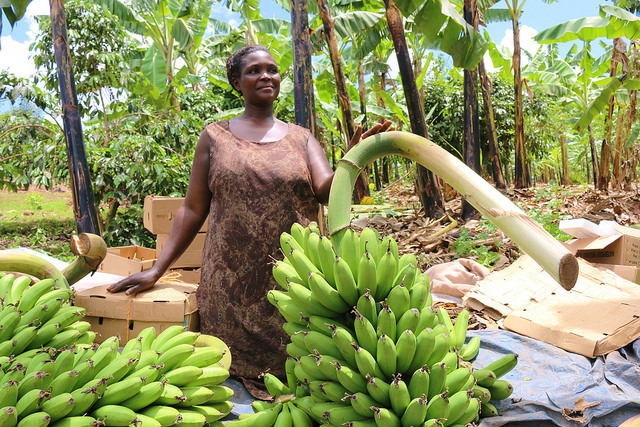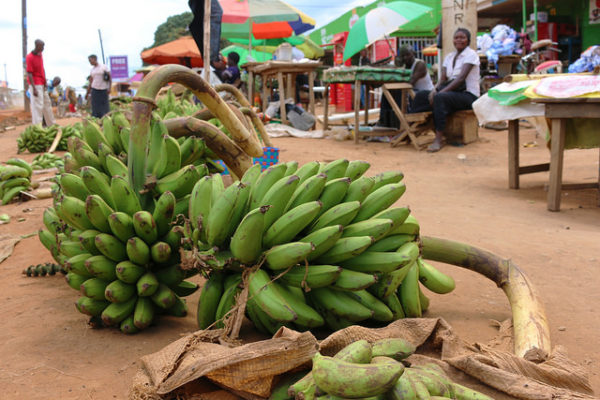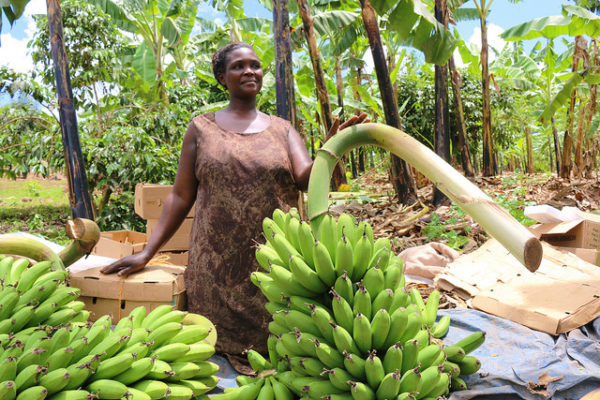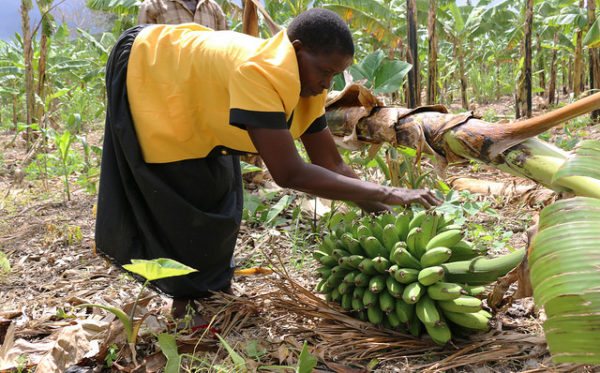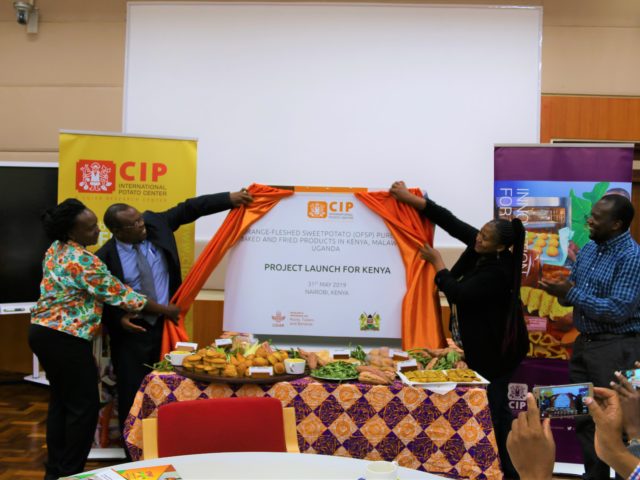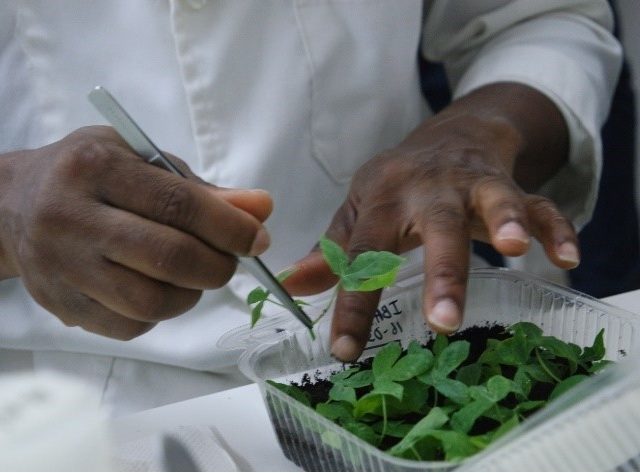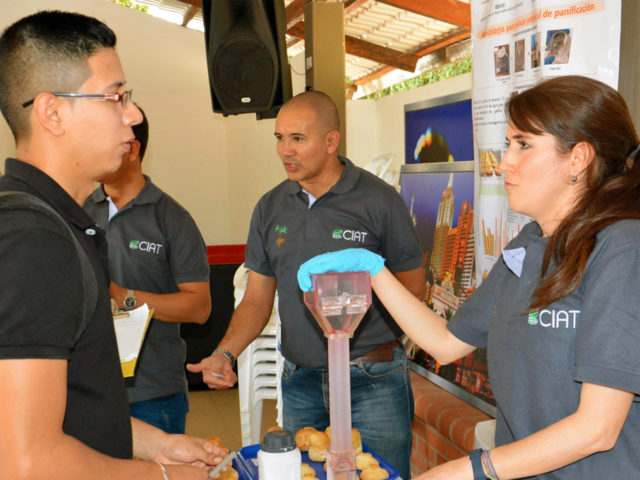Cooking banana is the main staple crop in Uganda produced mostly by smallholders for food and income. However, the cooking banana value chain actors face risks of high postharvest losses due to the short green life of bananas and damage arising from poor handling of the produce after it is harvested, leading to high physical and economic losses.
A detailed market study was conducted in Isingiro, Rakai and metropolitan Kampala in Uganda to identify and describe the key players in the banana value chain and establish the current demand and future growth prospects of the different banana presentation forms. The study also established the level of sorting and grading in the banana value chain, the level of use of the weight-based pricing system and the actor’s willingness to pay for its introduction, along with determining the extent and causes of postharvest losses along the banana value chain.
Results show that the cooking banana value chain is characterized by a large number of middlemen (5-7) between producers and consumers, which is partly responsible for high consumer prices and increased postharvest losses as the bananas change hands.
The results further show that there are four market-preferred varieties; Nakitembe, Musakala and Mbwazirume, plus Kibuzi which also has a long shelf-life. While these varieties are not widely grown by farmers, they are willing to purchase clean planting materials of these varieties if available.
Bananas are traded mainly as bunches and unpeeled fingers at all levels, but also as clusters and peeled fingers at retail level. Clusters and peeled fingers are missing at the primary production end of the value chain. There is an increasing demand for peeled bananas by customers at retail level, therefore retailers could demand for peeled bananas right from the farm. It was also noted that there is an increased demand for smaller units and convenient forms of presentation, such as packaged peeled and unpeeled fingers to cater for the changes in demographics.
All the value chain actors grade banana bunches by size while only exporters grade by variety, appearance, size and shape of fingers. However, the majority of people working in throughout the value chain recognize the importance of sorting and grading and are willing to adopt the practice. The consumers also show willingness to pay a premium if such products were availed on market.
Unit prices are determined by visual inspection. However, the actors recognize that this system is arbitrary and presents risks for unfair marketing transactions. Unlike other value chain actors, exporters buy and sell banana using a weight-based pricing system, yet their suppliers negotiate (through brokers) the bunch price at the farm using visual inspection. Post-harvest losses along the chain are high.
Substantial amounts of banana are thrown away (physical losses) particularly during the peak harvesting seasons and even higher volumes incur some degree of quality deterioration leading to lower selling price (economic losses). The study has estimated the extent of physical and economic post-harvest losses at each stage of the value chain. Female value chain actors experience higher losses compared to their male counterparts. Major causes of the losses are bruising, ripening, finger plucking and scotching.
The study has revealed various challenges and opportunities. Targeted interventions can be designed to address these challenges and also take advantage of the opportunities. Such interventions would reduce post-harvest losses and narrow the gap between farm-gate and retail prices.
This study has been conducted in the framework of “Expanding Utilization of Roots, Tubers and Bananas and Reducing Their Postharvest Losses” (RTB-ENDURE), a 3 year project (2014-2016) implemented by the CGIAR Research Program on Roots, Tubers and Bananas (RTB) with funding by the European Union and technical support of IFAD.
